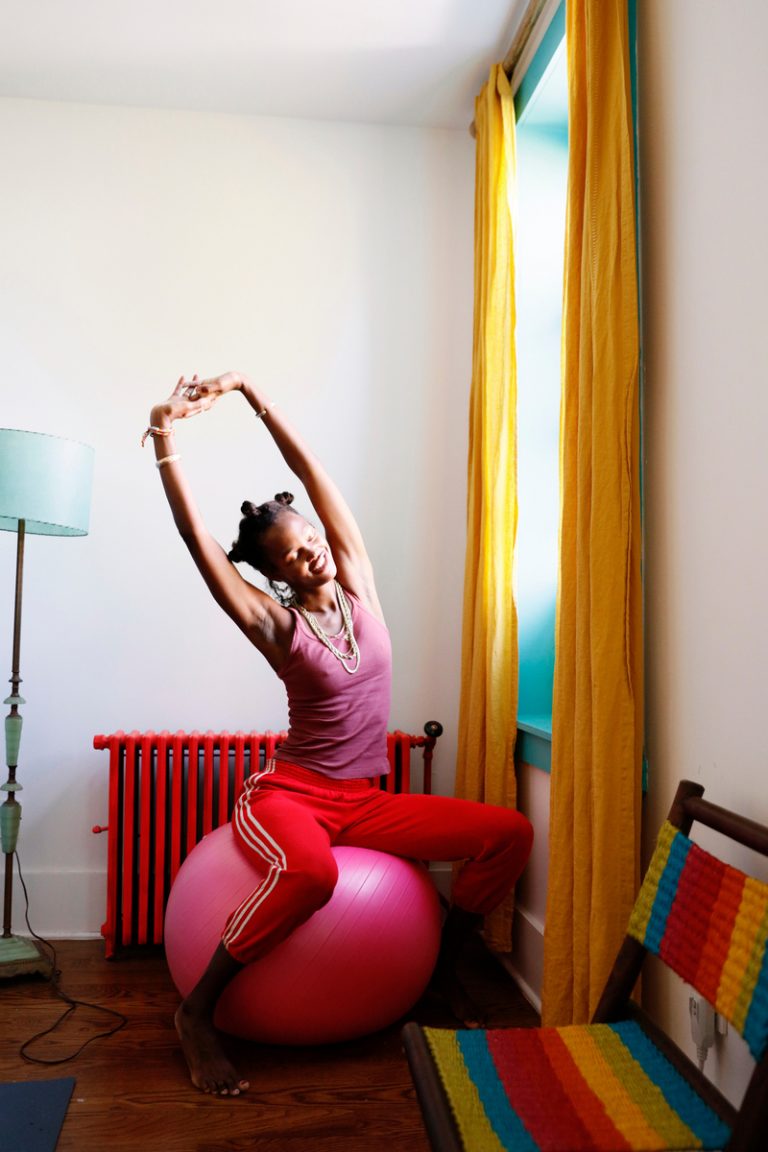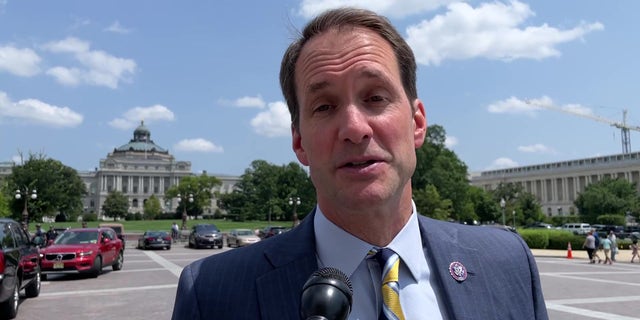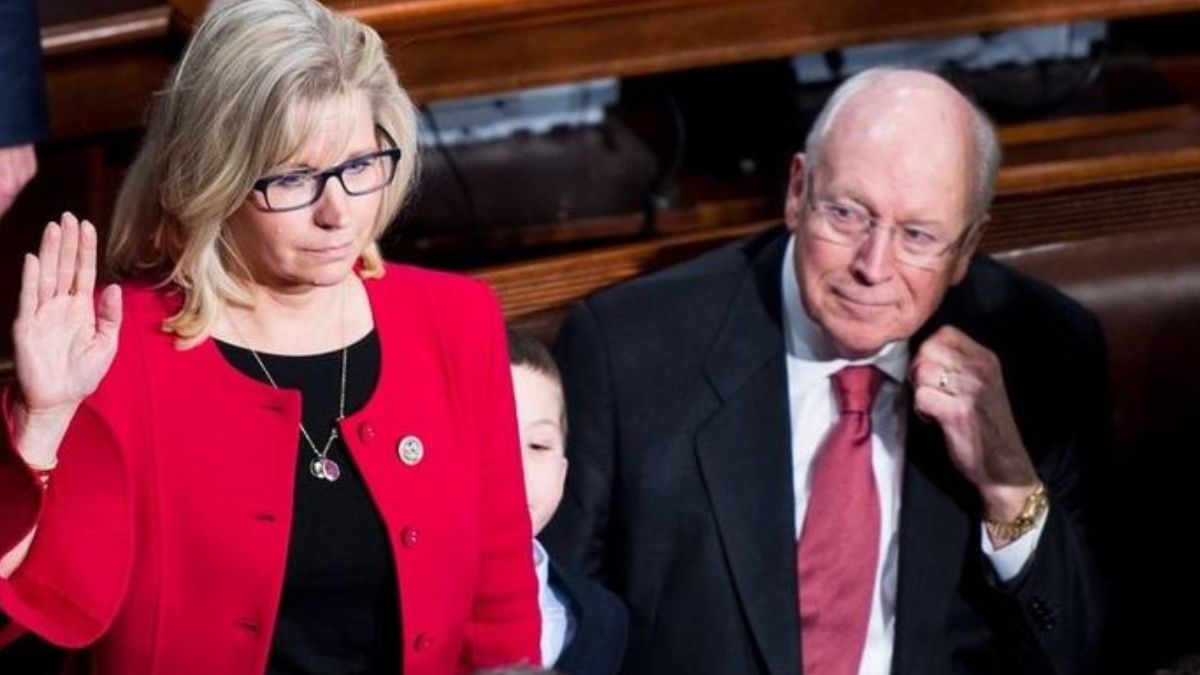The New York State Department of Corrections and Community Supervision (NYDOCCS) has now rescinded a troubling proposal that would have trampled on the free expression rights of incarcerated writers, artists and musicians. This is a welcome move along with the department’s response that it intends to “encourage creative arts projects.” Ensuring that the life-sustaining support for writing and making music and art has a more robust place in prisons would improve the lives of individuals behind bars immeasurably.
The department’s fast retraction, as well as its initial, secretive rollout of the proposed Directive 4406, highlighted how carceral censorship practices proliferate when authorities operate without transparency or accountability.
Rachel Connors, deputy director of Public Information, wrote, “It is evident that Directive 4406, Creative Arts Projects, is not being interpreted as the Department intended, as it was never our objective to limit free speech or creative endeavors. Accordingly, we have rescinded the directive effective immediately. The Department will engage interest stakeholders to revise the policy in order to encourage creative arts projects, as originally intended.”
If the department is prepared to back up its statement to make concrete changes, there are many reforms it can make..
It can begin by addressing myriad challenges established programs for writing and the arts face, including being excluded from facilities whose wardens see no merit in such programming. The cumbersome approval process for participating in hobby and crafts could be streamlined. They could permit group meetings so people could participate in writer’s workshops, book discussion groups, and playing music without facilitators needing to be present, which reduces already limited time for the programming.
For remote programs, like PEN America’s Prison and Justice Writing programs, the department could address their stringent mail policies. Right now, writers incarcerated in New York prisons can only receive five pages of printed material, single-sided, at once. This makes editing or sharing writing needlessly challenging. Phone calls end after 30 minutes, meaning authors have to call their editors back to finish conversations, which makes them rushed, and can make others waiting for the phone resentful.
Among other reforms that could be made, the digital communication system, JPay, can take a week or more to deliver electronic messages–because they are also monitored and censored. Prison authorities can stop censoring art books by claiming they are sexually explicit. Literature is also censored in prisons for many reasons, which limits individual’s access to materials integral to their creative process. In addition, prisons could accept correspondence courses as valid coursework and increase the number of books people are allowed in their cells.
Publishing from inside prisons is already incredibly challenging. Incarcerated authors cannot have real pens–their pens are rubbery and short. They are allowed only a certain number of notebooks in their possession at any given time. Buying a typewriter from a prison commissary can cost upwards of $400 with replacement ribbons costing $50 each. When you have no job or make cents an hour, that’s cost-prohibitive. These difficult aspects of writing in prison could be reversed to make it easier on incarcerated writers.
Free expression is the lifeblood for a free society. Without the ability to speak our truth we cannot negotiate the conditions of our existence. While the lives of incarcerated people may seem distant to many of us, their right to free expression—through writing and other creative means—cannot be lost because they are serving time. Otherwise, we validate censorship as a cultural practice and risk everyone’s right to freedom of expression.
If the DOCCS truly wants to encourage creative projects, it has every opportunity to give those behind bars the means to engage in creative self-expression. It remains to be seen whether they will take this path.





















































